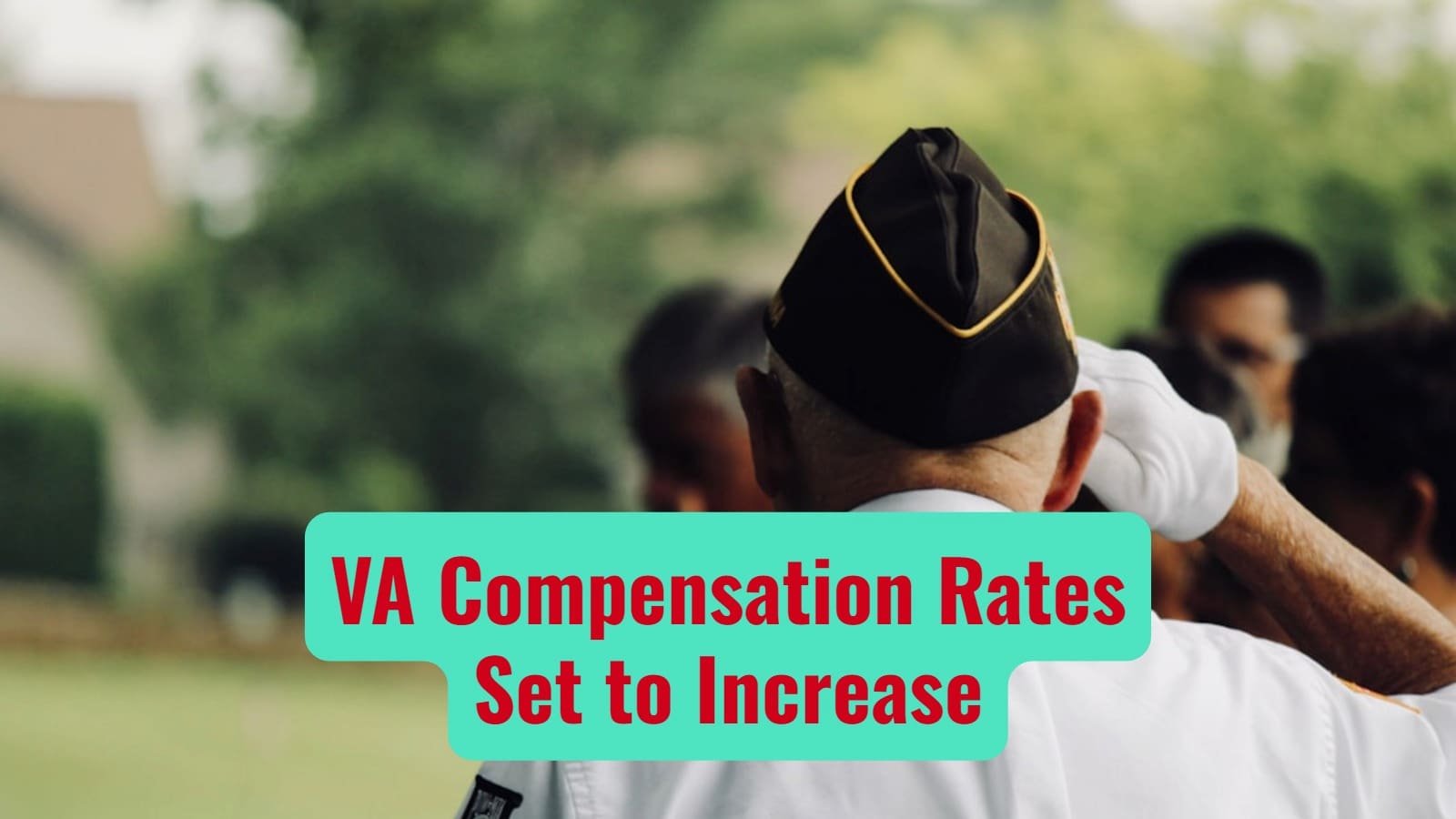VA Compensation Rates Set to Increase: Veterans advocacy organizations are currently advocating for Congress to revise the “individual unemployability” program, which offers tax-free monthly benefits to veterans who are unable to work but do not have a 100% disability classification from the Department of Veterans Affairs (VA).
Michael Figlioli, head of the National soldiers Service of the Veterans of Foreign Wars, stressed the need for comprehensive care for returning soldiers. “Veterans return from combat with altered selves.” They need resources to thrive. Figlioli stressed that ensuring their existence is the least we can do.
Advocates say the program needs a major overhaul since it hasn’t changed since the 1940s. They propose adjusting eligibility and remuneration to meet veteran needs. Veterans can receive full VA disability pay if they can show a five-year work history affected by service-related illnesses and injuries. Advocates say the program’s $3,800 monthly payment is insufficient.
Over 377,000 veterans received $7 billion in monthly payments and other benefits in fiscal year 2024. Ron Burke, VA deputy undersecretary for policy and oversight, stressed that veterans who cannot work but do not yet meet the 100% disability rating criterion receive full disability compensation. Veterans must have 60% disability for one ailment or 70% for multiple conditions to qualify.
VA Disability Claim Payback Period: Understanding the Timeframe for VA Back Pay
The VA’s compensation rates are outdated, which has sparked
Critics say the outdated eligibility standards and payment rates don’t support veterans with service-connected impairments who can’t work. Advocates want Congress to fix these issues so the program fulfills veterans’ requirements. Figlioli said, “The least we can do is guarantee their survival.” Legislators must respect veterans and reform “individual unemployability”
In 2024, the rates of disability compensation for veterans are determined by the number of dependent family members and their disability ratings. The monthly payments for veterans with a disability rating of 10% to 20% are consistent, irrespective of the presence of dependents:
– 10% disability rating: $171.23
– 20% disability rating: $338.49
For those with a 30% to 100% disability rating, the rates vary based on dependent status:
Veteran alone (no dependents):
– 30% disability rating: $524.31
– 40% disability rating: $755.28
– 50% disability rating: $1,075.16
– 60% disability rating: $1,361.88
With spouse (no parents or children):
– 30% disability rating: $586.31
– 40% disability rating: $838.28
– 50% disability rating: $1,179.16
– 60% disability rating: $1,486.88
With spouse and 1 parent (no children):
– 30% disability rating: $636.31
– 40% disability rating: $904.28
– 50% disability rating: $1,262.16
– 60% disability rating: $1,586.88
With spouse and 2 parents (no children):
– 30% disability rating: $686.31
– 40% disability rating: $970.28
– 50% disability rating: $1,345.16
– 60% disability rating: $1,686.88
With 1 parent (no spouse or children):
– 30% disability rating: $574.31
– 40% disability rating: $821.28
– 50% disability rating: $1,158.16
– 60% disability rating: $1,461.88
With 2 parents (no spouse or children):
– 30% disability rating: $624.31
– 40% disability rating: $887.28
– 50% disability rating: $1,241.16
– 60% disability rating: $1,561.88
Veterans should understand these rates and their applicability to ensure they receive the appropriate benefits.
Californians to Receive Extra CalFresh Benefits in 2024 for Summer












